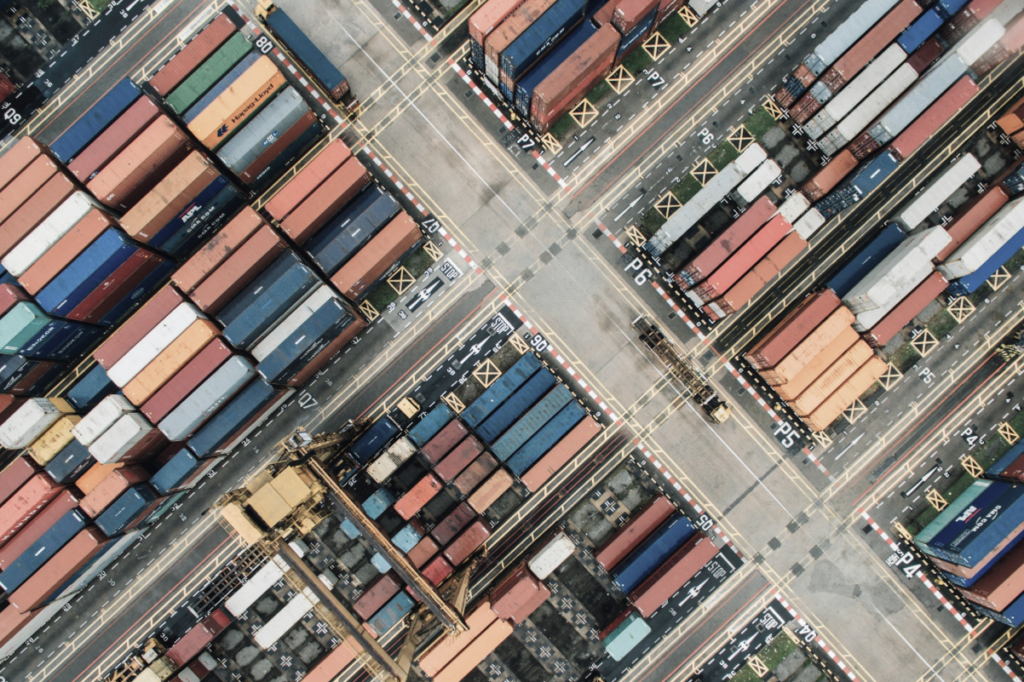
Today’s logistics firms are powering up AI technologies, so they can contain risk and deliver on a number of mission critical business goals. Using AI, machine learning (ML) and other advanced technologies, they’re augmenting and transforming their supply chains in a bid to reduce costs, optimise inventories, automate processes and optimise efficiencies. But that’s not all.
Supply chain disruptions continue to represent a major challenge for logistics operations. In response, firms are looking to AI to accelerate the delivery of insights, decision intelligence and data-driven processes that will enable enhanced collaboration and agility across the end-to-end supply chain.
Let’s take a look at how organisations plan to deploy generative AI, alongside machine learning and advanced predictive technologies, in their future supply chain operations.
Navigating real-world complexities with AI – today and into the future
Automating processes and making more informed decisions are just some of the ways that firms are putting AI to work to improve their supply chains and make them more resilient and responsive.
Findings from Blue Yonder’s 2024 Supply Chain Executive Survey reveal how ongoing supply chain disruptions, rising operating costs, and growing sustainability pressures are the top challenges driving the present wave of investment in AI technologies. The primary focus of these AI deployments included supply chain planning (56%), transportation management (53%) and order management (50%) activities.
Amid the rise of generative AI, 80% of organisations also reported initiating or preparing to initiate this technology. Of these, 91% said it was already proving effective at optimising supply chain processes and decision making.
As supply chains become increasingly complex and interdependent, logistics firms are now looking to use AI to boost transparency and responsiveness across the end-to-end supply chain. The aim of the game being to enable a more unified and fluid ecosystem where improved visibility, automation and collaboration capabilities will benefit all stakeholders. As part of this process, they’re looking to progress from using decision support technologies to applying AI that will move the needle where truly autonomous supply chain management is concerned.
Top 3 AI trends for 2025
With 86% of firms planning to increase their investments in AI, ML and generative AI in the coming year, let’s take a look at the top three trends on the horizon for 2025.
1. AI supply chain agents
Logistics companies need to adapt to dynamic market changes at speed, but supply chains typically span a multitude of systems and teams. Orchestrating, managing and interpreting all this data is a challenging task and organisations are now looking to intelligent assistants, or AI agents, to enable automated decision-making at speed.
In the coming year, AI agents and agent-powered workflows are set to enhance the productivity of planners and empower organisations to respond faster to disruptive events, so they can keep their supply chain strategy on track.
Providing the intelligent support and data that users need to optimise everything they do, these AI agents can identify opportunities and risks and proactively deliver recommendations and predictive insights that together fuel more intelligent decision making. These agents will be deployed across the business to support a variety of roles, including supporting warehouse operators to orchestrate and manage multiple personnel and inbound/outbound deliveries.
2. Embedding AI and ML to enable autonomous supply chains
Organisations are striving to connect processes, systems, data and actions so they can enable their vision of truly autonomous supply chains that can be run with minimal human intervention.
As logistics firms progress with the automation of a growing number of supply management functions, they’re looking to use AI, ML and AI agents to undertake their supply chain planning and execution and continuously coordinate monitor these plans. Human users will only be prompted to intervene should the system encounter a condition outside its pre-configured parameters.
However, to realise this vision fully organisations will need to fuse data from nodes across the supply chain ecosystem and make it available in real time to all parties. Only then will their AI systems be able to make continuous decisions as issues arise and ensure that supply chain participants can work collectively in response to real-world dynamics.
3. Synchronising the supply chain
To maximise the potential of their AI and ML investments, logistics firms need to enable truly connected ecosystems where everyone shares the same unified dataset, the same priorities and the same end-to-end execution workflows.
To this end, they’re looking to initiate AI connected data sets and digital supply chain networks that make it possible to overcome the legacy data and process silos that inhibit the creation of real-time multi-party orchestration systems that are interoperable with existing enterprise applications.
In addition to compressing cycle times between planning and execution, these cloud powered supply chain networks enable firms to see issues downstream and upstream in real time and pave the way for enhanced collaboration on a single multi-enterprise platform that supports truly synchronised end-to-end business processes. Something that will be critical for enabling organisations to jointly anticipate risks, assess scenarios fast, and instantly redirect resources to optimise critical KPIs.

Roy Bridgland
Roy Bridgland is Senior Industry Strategies Director EMEA at Blue Yonder.


